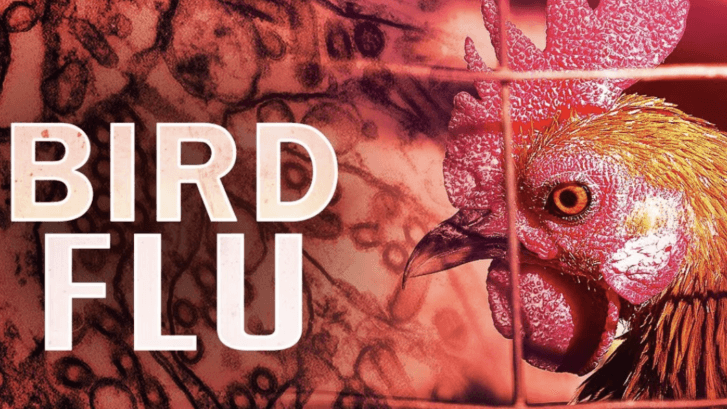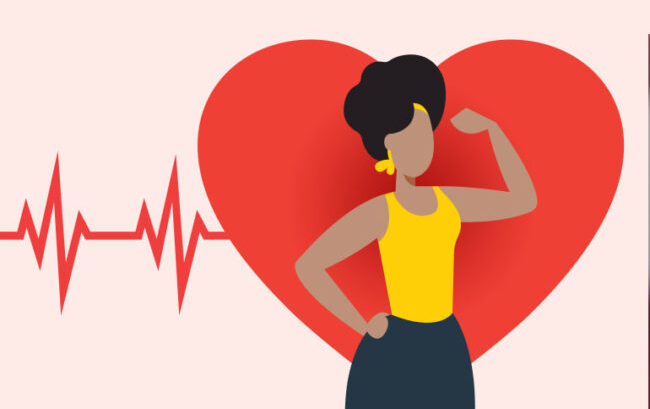The Top Benefits of Concierge Medicine for Those with Chronic Illness
Living with a chronic illness can be an arduous journey, filled with numerous medical appointments, complex treatment plans, and the need for continuous support. In such circumstances, having a reliable and personalized healthcare experience becomes essential. Our concierge doctors in Jupiter have a healthcare model that offers tailored and overs comprehensive services to patients, focusing on quality, accessibility, and patient satisfaction. Here are a few reasons why individuals with chronic illnesses should consider embracing concierge medicine for a more fulfilling and manageable healthcare experience.
- Personalized and Holistic Approach: One of the primary advantages of concierge medicine is the personalized care it provides. Patients with chronic illnesses often require individualized treatment plans that consider their unique medical history, lifestyle, and preferences. Concierge medicine doctors have smaller patient loads, enabling them to devote more time and attention to each individual. This personalized approach allows them to better understand their patient’s needs, creating holistic treatment plans that address not only the medical condition but also the patient’s emotional and mental well-being.
- Accessibility and Availability: For those living with chronic illnesses, sudden health complications or concerns can arise at any time. With traditional healthcare models, getting an urgent appointment can be challenging, leading to unnecessary stress and delays in treatment. Concierge medicine, on the other hand, ensures enhanced accessibility and availability. Patients can often reach their concierge doctor 24/7, allowing them to receive timely medical advice and attention when they need it the most.
- Reduced Waiting Times: In conventional medical settings, long waiting times are a common frustration for patients. For individuals managing a chronic illness, these waiting times can be physically taxing and detrimental to their well-being. Concierge medicine practices limit the number of patients they accept, resulting in significantly reduced waiting times during appointments. Patients can expect to be seen promptly, without feeling rushed during their visits.
- Comprehensive Care Coordination: Chronic illnesses often require the expertise of various specialists and healthcare providers. Coordinating these different aspects of care can become cumbersome and disjointed in traditional healthcare settings. Concierge medicine doctors typically take on the role of care coordinator, ensuring seamless communication and collaboration between specialists and healthcare teams. This streamlined approach to care helps prevent medical errors, ensures efficient treatment plans, and provides patients with peace of mind.
- Preventive Medicine Emphasis: Preventing complications and managing symptoms are essential aspects of managing chronic illnesses effectively. Concierge medicine doctors place significant emphasis on preventive care, focusing on regular health screenings, lifestyle modifications, and personalized preventive measures. By proactively addressing health concerns, concierge medicine can help individuals with chronic illnesses lead healthier lives and minimize the risk of disease exacerbation.
- Extended Appointment Times: Time is a valuable resource in healthcare, and having more extended appointment times is a luxury that concierge medicine provides. Patients with chronic illnesses often require more time to discuss their concerns, understand treatment options, and build a trusting relationship with their doctor. With concierge medicine, patients can enjoy extended appointment durations, fostering open and transparent communication with their healthcare provider.
For those dealing with chronic illnesses, concierge medicine offers a refreshing alternative to traditional healthcare models. By prioritizing personalized care, accessibility, and comprehensive support, concierge medicine empowers patients to take charge of their health and well-being. Though the concept of concierge medicine may have been seen as exclusive in the past, its increasing popularity and availability are making it a viable option for many individuals. Ultimately, choosing concierge medicine can lead to a more fulfilling and manageable healthcare journey for those living with chronic illnesses.










